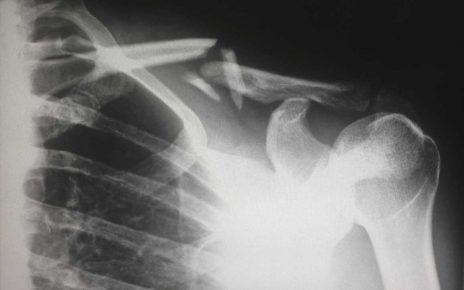
It found that higher overall consumption of dairy products is linked to a lower risk of premature death from all causes and “cerebrovascular causes” such as stroke.
Drinking milk, on the other hand, was found to be associated with a higher risk of coronary heart disease.
However, the researchers also say that this needs further investigation.
Meanwhile, they recommend that the guideline for milk consumption should be to drink fat-free or low-fat milk, especially for those who drink a lot of milk.
Maciej Banach, who is a professor in the Department of Hypertension at Medical University of Lodz in Poland, and his colleagues analyzed national survey data from the United States and confirmed their results in a further analysis of pooled data from several other studies.
Their findings feature at the 2018 annual congress of the European Society of Cardiology, held in Munich, Germany.

Conflicting evidence on dairy foods
Cerebrovascular diseases, such as stroke, affect the blood vessels in the brain. Stroke accounts for high rates of disability and death. In the U.S., it is the “fifth leading cause of death.”
For a long time, it was thought that eating dairy foods — because they contain more saturated fat — raised people’s risk of premature death, especially from cancer, cerebrovascular diseases, and coronary heart disease.
However, the researchers say that the evidence to support this idea, especially that which applies to U.S. adults, is conflicting.
Prof. Banach notes, for example, that an analysis of pooled data from 29 studies that was published in 2017 “found no association between the consumption of dairy products and either cardiovascular disease […] or all-cause mortality.”
That being said, another study of adults in Sweden that was published in the same year found that drinking more milk was linked to double the risk of premature death — including death from cardiovascular disease — in women.

Lower risk of death
For the new analysis, the researchers used data from the 1999–2010 National Health and Nutrition Examination Surveys (NHANES) covering 24,474 adults — aged 47.6 years, on average — of whom 51.4 percent were female.
The Centers for Disease Control and Prevention (CDC) carry out a NHANES survey every year with a nationally representative sample of 5,000 U.S. residents. It includes physical examinations and interviews.

Over an average follow-up period of 76.4 months, there were 3,520 deaths. Of these, 827 were from cancer, 709 were due to heart-related causes, and 228 were due to cerebrovascular diseases.
The researchers found that overall consumption of dairy foods was linked to a 2 percent lower risk of death from all causes, while cheese consumption in particular was tied to an 8 percent lower risk.
Focusing on cerebrovascular disease deaths, the researchers found that overall dairy food intake was tied to a 4 percent lower risk, while milk consumption was linked to a 7 percent lower risk.

Results confirmed — except for milk
The team then sought to confirm these findings by analyzing pooled data from 12 other studies that followed groups of people over time. Overall, the data covered a total of 636,726 individuals with a follow-up of around 15 years.
The analysis confirmed the earlier results, with the exception of milk consumption. Here, much like in the Swedish study that Prof. Banach mentioned, milk intake was linked to a 4 percent higher risk of death from coronary heart disease.
Consumption of yogurt and other fermented dairy foods, on the other hand, was tied to a 3 percent lower risk of death from all causes. Further adjustment, however, showed that the results on yogurt were not statistically significant and could just as likely have occurred by chance.
The researchers note that the links found between milk and coronary heart disease warrant further investigation. Because many people who drink milk also consume other dairy products, it is not easy to untangle the effect of milk from the rest.
In the meantime, they advise milk drinkers to confine their intake to the fat-free and low-fat varieties.
“In light of the protective effects of dairy products, public health officials should revise the guidelines on dairy consumption.”
Prof. Maciej Banach
Source: Read Full Article



